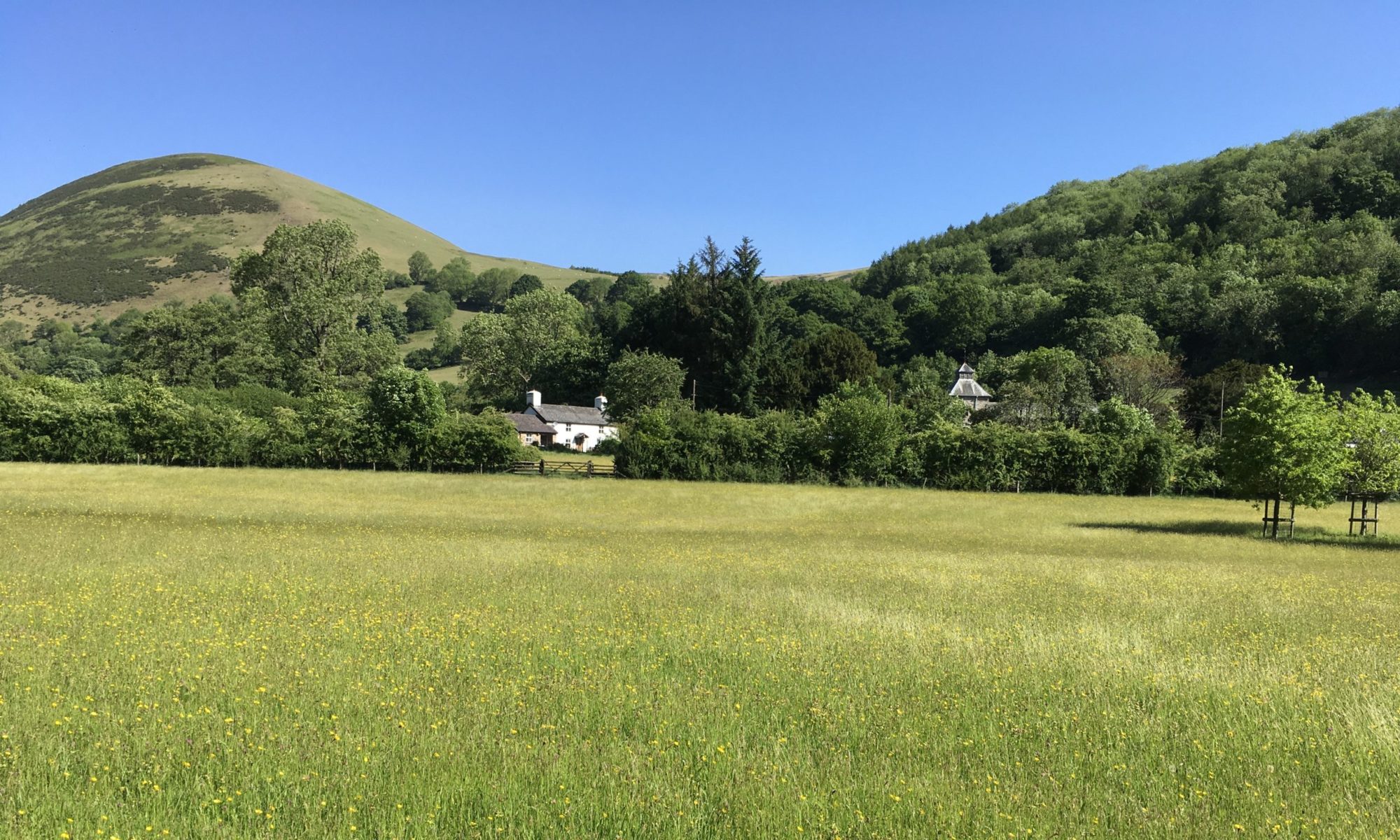Today is Creation Sunday and, with Candlemas also happening this week, three snowdrops are on the altar as nature’s candles, marking the ancient custom of making light, peace and hope visible as the beauty of creation displays the first signs of new life after winter. Actual candles are also blessed at this time as Jesus, Light of the World, is made visible in the Temple and as the generations meet through the aged and faithful Simeon and Anna, his parents and the baby, who would have been circumcised in the eighth day. Mary is coming to be purified thirty three days after this as would be expected in those days and it’s clear that, as observant Jews, the family is living by the law of Moses.
Not everyone lives by obeying the law, whether of Moses or the land where they live. I was struck recently by the words of a police officer who said of the nightly battle for law and order he and his colleagues face when darkness is a cover for criminal activity, “We shine the brightest.” This is a dark time of year with daylight hours still short, very troubling events in the world making many so gloomy and the stormy, cold weather not helping matters. It can be tempting to lose confidence and to think that there is little that can be done to improve things. That’s why the officer’s words had such an impact – he was sure he and his colleagues would overcome the criminals challenging them and that they could make a positive difference. And so they did!
As we face the challenges before us, perhaps we’re not sure that we can overcome them. There will be daily ways in which we can also make a difference – but what difference will we decide to make? February Filldyke is dark and rainy but early daffodils are already appearing, buds are developing on the magnolia and weeping willow trees here and the daylight is lengthening. There are signs of new life and growth all around – sometimes they are noticed and sometimes just overlooked.
The same is true of relationships too. The song This little light o’ mine, I’m going to let it shine is a joyful gospel song but it became well known as an anthem of the civil rights movement in the 1950s and 60s. During that struggle, many were heartened by it as, despite the circumstances, it helped to lower the awful tensions being experienced. The lyrics speak of letting the light shine – for those around us as well as ourselves:
This little light o’ mine, I’m goin’ to let it shine Everywhere I go, I’m goin’ to let it shine …
In my neighbour’s home, I’m goin’ to let it shine Let it shine, let it shine, let it shine.’
The light is there – it’s a question of letting it shine. At the funeral of Eleanor Roosevelt, wife of the President of the USA, it was said that she would rather, “…light a candle than curse the darkness.” She championed civil rights, doing what she could and letting her light shine when others were eclipsed. In the darkness and challenges still being faced today will we let ours shine or look for what creation is showing us about new life and growth? And, as Candlemas marks the turning from Christmas to Easter and Lent beginning on 14th February, do we shine the brightest we can?
With my prayers; pob bendith,
Christine, Guardian.


